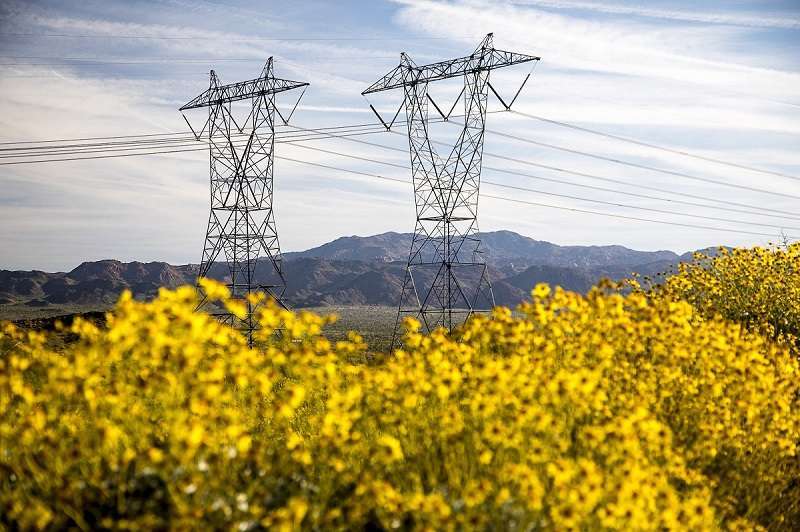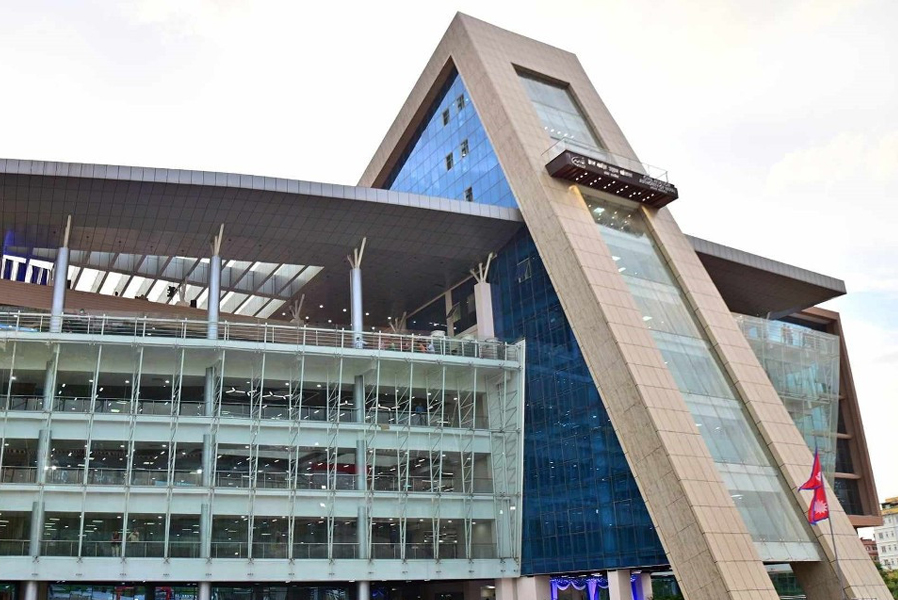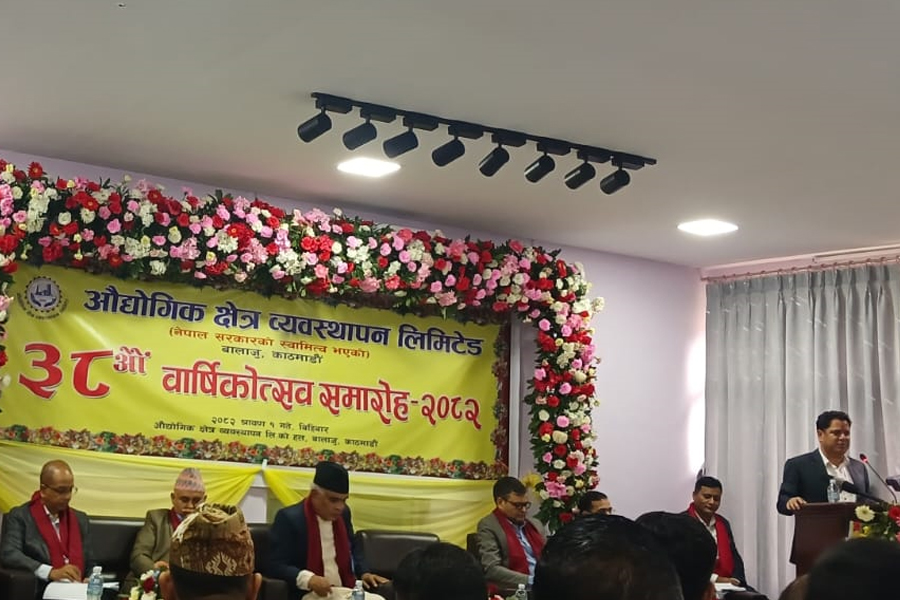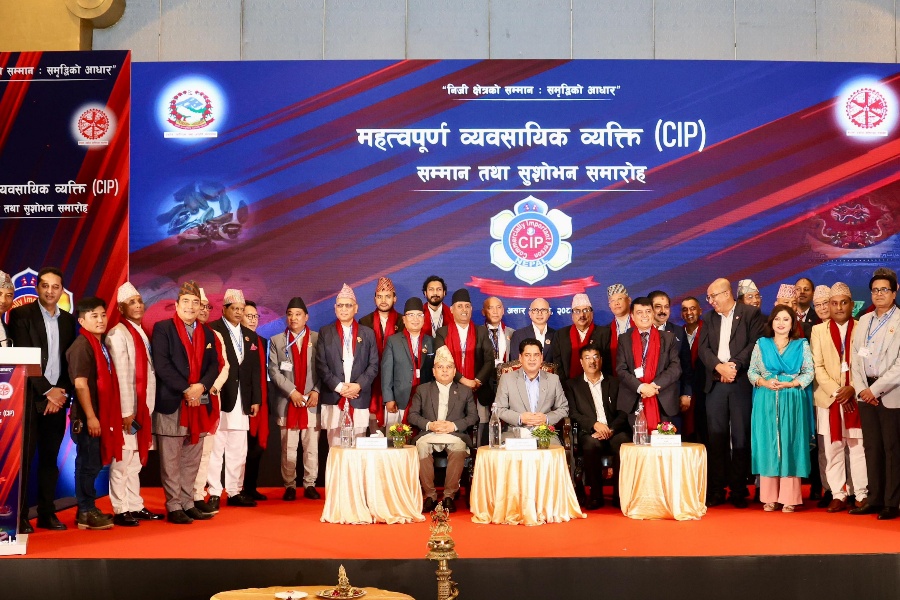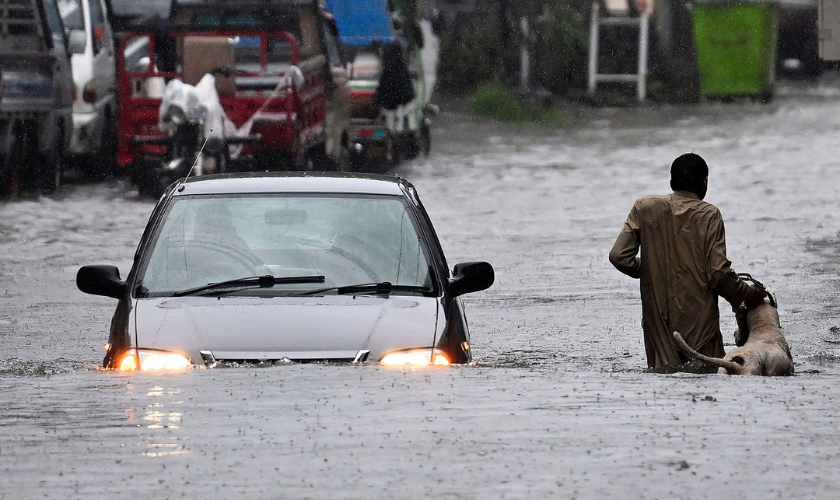Nepal's total installed electricity capacity has reached 3,878 megawatts (MW) following the addition of 631 MW over the past year. This marks a significant increase from the previous capacity of around 3,200 MW, reflecting continued growth in the country’s energy sector.
Minister for Energy, Water Resources and Irrigation Deepak Khadka made the announcement during a press conference held on Thursday, July 17 — the first day of the new fiscal year — to mark the completion of his one year in office. He claimed that the country has achieved notable progress in electricity generation, cross-border trade, and infrastructure development during this period.
According to Minister Khadka, more than 800 MW of electricity is currently being exported daily to India and Bangladesh. He noted that this expansion in generation capacity is backed by policy reforms and enhanced physical infrastructure, along with focused implementation of a performance-based action plan.
The government has also released the Energy Development Roadmap 2081, setting a target to generate 28,500 MW of electricity by 2035, with an estimated financial requirement of USD 46.5 billion. Out of this, 15,000 MW is expected to be exported to India and Bangladesh, while 13,500 MW will be consumed domestically.
Nepal began exporting 40 MW of electricity to Bangladesh for the first time in US dollars in the last fiscal year, with projected earnings of more than Rs 1.25 billion in five months. The country has received approval to export 941 MW to India and import 1,000 MW as needed during the dry season. Despite the achievement, Nepal relies on India to meet its electricity demand during the dry season while it sells surplus electricity to the two neighbours during the rainy season. Most of the hydropower projects in Nepal are run-off-river type, due to which electricity generation is one-third of the installed capacity during the dry season.
In the renewable energy sector, the past year saw the installation of 397 kilowatts of micro-hydropower, 603 kilowatts of solar systems, 3,584 biogas plants, 4,142 household solar systems, and 320 improved cooking stoves.
Irrigation infrastructure was extended to 17,308 hectares of land, bringing the total irrigated area to 1.586 million hectares. Despite setbacks due to floods and landslides affecting major projects such as Rasuwagadhi, Chilime, Upper Trishuli-3A, and Trishuli Center, Minister Khadka said most projects have resumed operations.
The Ministry of Energy also tabled new legislation, including bills on electricity, water resources, and renewable energy, in Parliament. Meanwhile, the Water and Weather Policy has already been endorsed by the Council of Ministers.
Minister Khadka also revealed that nearly USD 1 billion in loans and grants has been secured through foreign partnerships for energy and irrigation infrastructure development. – With inputs from RSS

